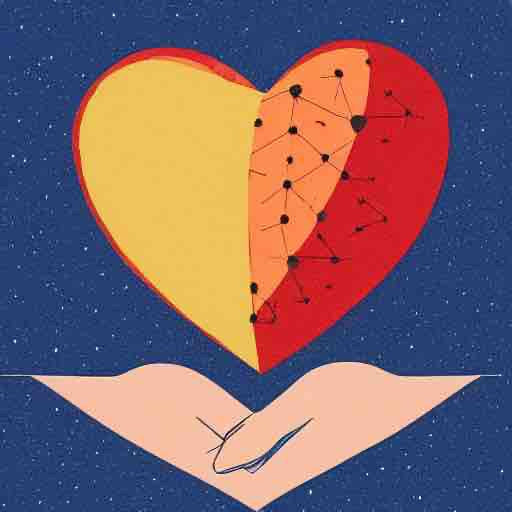I'm Aoi Hashima, an occupational therapist who works in Saga Sumai and Fukuoka.
The other day, I wrote an article on post-stroke sensory disturbances in several installments.
"The Effects of Sensory Disorders"
I'm Aoi Hashima, an occupational therapist who works in Saga Sumai and Fukuoka. Difficulty moving limbs after a stroke can occur for a variety of reasons, but the main one is "motor paralysis." But the movement sequence...
association
"Practical Rehabilitation of Sensory Disorders"
I'm Aoi Hashima, an occupational therapist who works in Saga Sumai and Fukuoka. Yesterday, I wrote about the effects of sensory disturbances...
No specific system has been established, and there seem to be differing views on the effects of rehabilitation of sensory impairment per se.
But, even in this case, I feel that for those with sensory impairment, information on what kind of rehabilitation is possible with sensory impairment is necessary.
It is because of this feeling that I introduced the content of the sensory disorder rehabilitation that I usually do.
"I practice sensory training"
I'm Aoi Hashima, an occupational therapist who works in Saga Sumai and Fukuoka. In recent days, about sensory disturbances after a stroke...
This time, I wanted to dig deeper and look for recovery methods for reported sensory deficits.
Scope review from Gandhi et al.
In their scoping review of post-stroke sensory impairment recovery by Gandhh et al, they reported that there are two main approaches to sensory management.
One is a method of adding external stimuli, and the other is sensory reeducation that focuses on relearning.
A preliminary study and a randomized controlled trial by Carlsson et al.
Carlsson et al performed passive sensory training and active sensory training in patients with post-stroke sensory impairment.
In this training, we report not only combining sensory training with task-oriented training to improve sensorimotor function in the paralyzed upper extremity.
In this report, passive and active sensory training demonstrated
・Tasks to search and detect different haptics
・Explore and detect different materials, shapes, textures, weights, temperatures and more.
・The task of detecting the shape of different objects
and many more.
other
I used search sites to search for "stroke sensory training" and "hemiplegic sensory training" but couldn't find anything that specifically described post-stroke sensory training.
Also, when I search only for "sensory re-education" and "sensory training", I can't find anything for post-stroke patients because there is research and basic research for people with peripheral neuropathy.
Post-stroke sensory training described in textbook summaries, informative journals, conference presentations, etc., is detailed below.
① Feel what you touch This is a way to feel what you touch with everyday objects such as pencils, coins or towels.
②Find out the contents of adzuki beans and soybeans Put marbles or coins in red beans or soybeans, and put your hand into the soybeans to find the marbles.
▼ In our clinic, we have a recovery menu where marbles are put in soybeans and taken out.
"A Common Rehabilitation Tool: Soy"
I am Aoi Hashima, an occupational therapist working in Saga Sumai and Fukuoka. So far, we have often covered tools commonly used in recovery rooms. There are also some rehabilitation tools that have not been introduced...
Affiliate Amibulo.jp
At the end
This time, I am writing about the rehabilitation of sensory impairments that have been practiced.
I searched for actual reported methods of rehabilitation for sensory disturbances, but not many specific methods were reported.
I think the current situation is that hospitals and facilities are trying to address sensory barriers while coming up with ideas that are appropriate for patients.
I would also like to gain experience in the clinical field and study so that I can provide better rehabilitation support.
Citations/references
1) Gandhi et al. Rehabilitation of Posty Sensory Dysfunction—A Scoping Review. Journal of Stroke Medicine 4(1) 25-33, 2021
https://journals.sagepub.com/doi/pdf/10.1177/2516608520984296
2) Carlsson H, et al. Efficacy and feasibility of sensory relearning of the upper extremity (SENSUPP) in chronic stroke patients: a pilot randomized controlled trial. PMR. 2020
https://onlinelibrary.wiley.com/doi/epdf/10.1002/pmrj.12767
3) Journal of Physical Therapy - Special Issue: Somatosensory Disorders and Physical Therapy in Hemiplegia Stroke Patients - Vol.48 No.9 (September 2014)
Pharmaceutical and Medical Electronic Content Distribution Services
Iisho.jp provides a wide range of medical information from specialized medical books and magazines through a common platform.
association
webview.isho.jp
,゚.:。+゚Thank you for reading to the end,゚.:。+゚
ーーーーーーーーーーーーーーーーーーーーーーー
This article was reprinted on September 8 , 2022 on Aoi Hashima's blog " Stroke Rehabilitation Longevity Consultation Center " .

